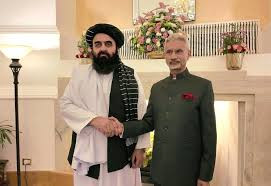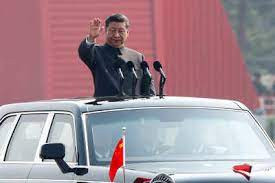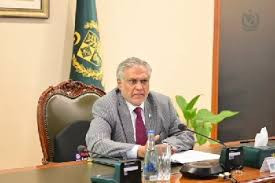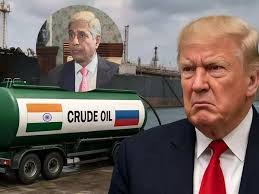“Escalating Strikes: Israel Bombs Arak and Natanz Nuclear Sites as Iran Hits Soroka Hospital Amid Deepening Conflict”
IIE DIGITAL DESK : June 19, 2025 — The Israel–Iran conflict surged into new territory today as both nations unleashed military strikes in a fierce escalation. Israel conducted precision airstrikes on key nuclear facilities in Iran, while Tehran retaliated with a missile assault that wounded dozens—including a direct hit on a major Israeli hospital.
In a powerful response to Iran’s nuclear ambitions, the Israel Defense Forces (IDF) launched airstrikes on Iran’s heavy-water reactor near Arak and a suspected weapons-development complex at Natanz. The site near Arak—which plays a central role in plutonium production—was evacuated prior to the strike, limiting civilian risk. Iranian state television confirmed that no radiation leaks occurred.
The Natanz facility, home to Iran’s uranium enrichment centrifuges, was also targeted as part of Israel’s broader campaign to neutralize Tehran’s nuclear program. These strikes follow an earlier wave of attacks that reportedly killed high-ranking IRGC officers and scientists.
In retaliation, Iran unleashed a barrage of missiles targeting Israeli cities. Dozens of projectiles slammed into southern and central Israel, damaging a high-rise near Tel Aviv and inflicting “extensive damage” on Soroka Medical Center in Beersheba .
At least 24 civilians were killed and dozens more injured, particularly around the hospital . Israeli President Isaac Herzog highlighted the hospital as “a symbol of harmony between Jews and Arabs” in his condemnation of the attack. Prime Minister Benjamin Netanyahu and Defense Minister Israel Katz vowed that Tehran would “pay a high price” for attacking a medical facility, calling it a war crime .
This marks the most severe direct exchange between Israel and Iran in recent decades, raising fears of a broader regional war . Iran reportedly fired over 400 missiles and more than 1,000 drones since June 13, resulting in at least 639 casualties—including 263 civilians—in Iran, while Israeli casualties include 24 dead and hundreds wounded .
The U.S. is closely monitoring the situation. Former President Donald Trump—the current national security driver—has weighed in, considering whether the U.S. should engage directly alongside Israel. Meanwhile, the U.S. has deployed additional naval assets to the eastern Mediterranean and Arabian Sea .
European and Russian leaders have urged urgent diplomacy, with European nations seeking renewed negotiations and Russia advocating for de-escalation
The Israel–Iran conflict has escalated dramatically, featuring targeted strikes on nuclear facilities and devastating attacks on civilian infrastructure. As military tit-for-tat intensifies, global fears of a wider conflagration grow. All eyes are on whether diplomatic interventions—led by the U.S. and European partners—can steer the region away from total war.
You might also like!
















